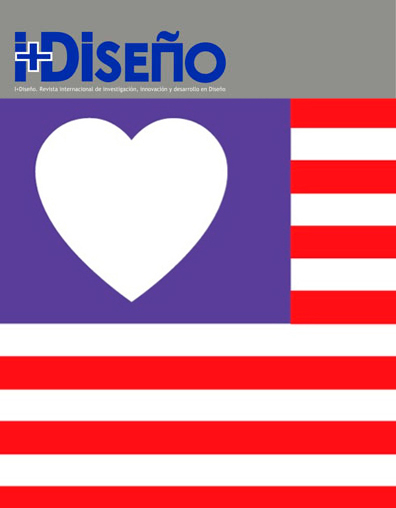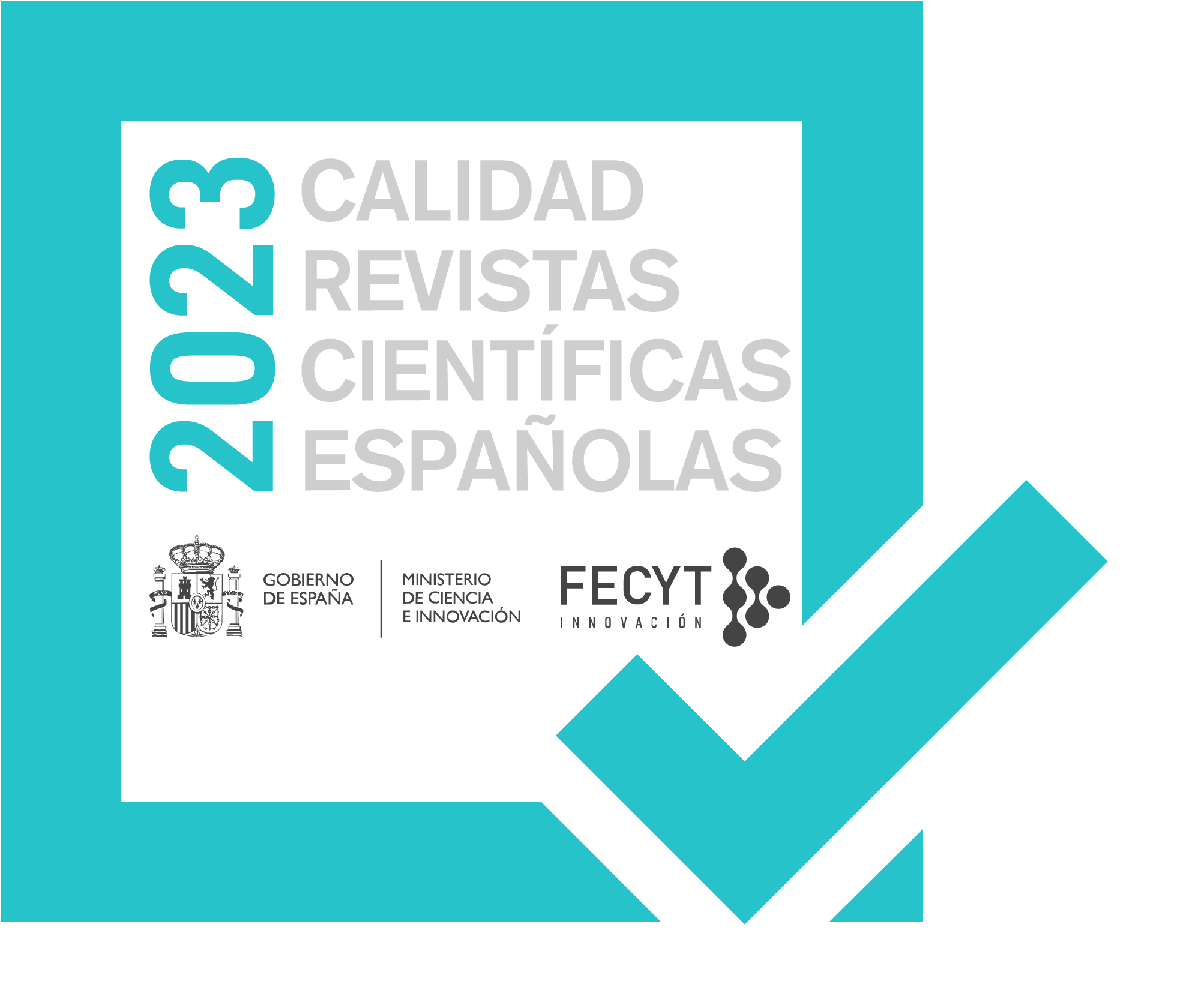Design and typography De Stijl
DOI:
https://doi.org/10.24310/Idiseno.2014.v9i.12587Keywords:
De Stijl, dutch neoplasticism, Nieuwe Beelding, Theo van Doesburg, Piet Mondrian, Gerrit Rietveld, Pieter Oud, Cornelis van Eesteren, design neoplastic, neoplastic typography, Piet Zwart, dutch art, modern movementAbstract
Neo-Plasticism or De Stijl gathered a heterogeneous group of artists in The Netherlands during World War I. The most important aim of De Stijl was to create a monumental art, i.e., the close cooperation of all arts without compromising each other’s essence. De Stijl intended to express the timeless (universal) in style which is eternal and makes every style style. De Stijl’s ethical and aesthetic task was aimed to renew the bond between art and life; the artists believed that by creating a new visual style they would also be establishing a new life style.
Downloads
Download data is not yet available.
Metrics
Metrics Loading ...
Downloads
Published
2014-04-07
How to Cite
Moreno Cañizares, A. (2014). Design and typography De Stijl. I+Diseño. Revista Científica De Investigación Y Desarrollo En Diseño, 9, 158–180. https://doi.org/10.24310/Idiseno.2014.v9i.12587
Issue
Section
Articles
License
Aquellos autores/as que tengan publicaciones con esta revista, aceptan los términos siguientes:- Los autores/as conservarán sus derechos de autor y garantizarán a la revista el derecho de primera publicación de su obra, el cuál estará simultáneamente sujeto a la Licencia de reconocimiento de Creative Commons que permite a terceros compartir la obra siempre que se indique su autor y su primera publicación esta revista.
- Los autores/as podrán adoptar otros acuerdos de licencia no exclusiva de distribución de la versión de la obra publicada (p. ej.: depositarla en un archivo telemático institucional o publicarla en un volumen monográfico) siempre que se indique la publicación inicial en esta revista.
- Se permite y recomienda a los autores/as difundir su obra a través de Internet (p. ej.: en archivos telemáticos institucionales o en su página web) antes y durante el proceso de envío, lo cual puede producir intercambios interesantes y aumentar las citas de la obra publicada. (Véase El efecto del acceso abierto).







14.png)



